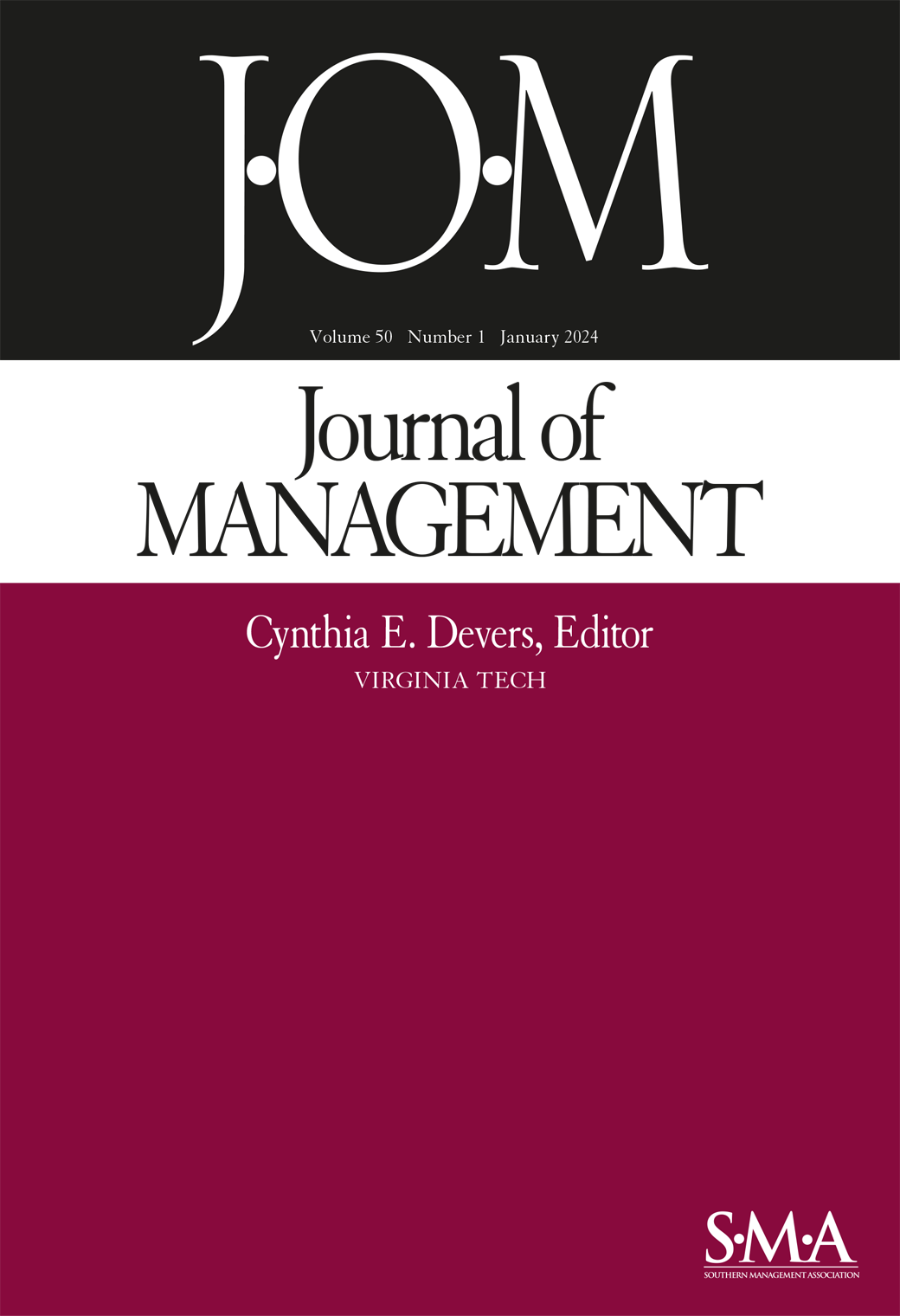Emotion Regulation During Hostile Interactions: Optimizing Regulation Profiles for Event Performance and Well-Being
IF 9
1区 管理学
Q1 BUSINESS
引用次数: 0
Abstract
When employees face hostility from others, emotion regulation is needed to perform effectively but can be personally costly. On the basis of current evidence, employees both perform better and avoid well-being costs with engagement-focused regulation (i.e., modifying feelings through deep acting) rather than with disengagement (i.e., modifying or faking expressions through surface acting). Yet, emotion regulation theorizing suggests this good–bad dichotomy is an oversimplification, and no known work has simultaneously considered the performance and well-being consequences of emotion regulation strategies at the event level. To address these issues, we apply the comprehensive six-strategy emotion regulation framework to identify emergent combinations of regulation strategies used in response to hostile events. Across two studies, we find six emotion regulation profiles, with the pattern of these profiles largely replicating across samples. Study 2 reveals that profile enactment is driven by the intensity of the event and has distinct consequences for employees’ event performance and well-being. We also find the first known evidence of a trade-off, where profiles that result in the highest negative affect were also the most effective for episodic performance. Meanwhile, profiles that maintained low levels of negative affect were linked with lower event performance ratings. Thus, in contrast to the good-bad strategy dichotomy common in the emotion regulation literature, we find that enhancing event performance comes at a cost to affect, and vice versa. This high-hostility work context points to a no-win situation for employees, who must choose between maximizing event performance and minimizing personal costs.敌对互动中的情绪调节:优化事件表现和幸福感的调节概况
当员工面对他人的敌意时,情绪调节是有效工作所必需的,但对个人来说可能代价高昂。根据目前的证据,员工通过专注于投入的监管(即通过深层行为来改变感受)比脱离投入(即通过表面行为来改变或伪造表情)表现得更好,并避免了幸福感成本。然而,情绪调节理论化表明,这种好坏二分法过于简单化,并且没有已知的工作同时考虑了事件层面上情绪调节策略的表现和幸福感后果。为了解决这些问题,我们应用了全面的六策略情绪调节框架来确定应对敌对事件时使用的紧急调节策略组合。在两项研究中,我们发现了六种情绪调节特征,这些特征的模式在样本中基本上是重复的。研究2表明,形象塑造受事件强度的驱动,对员工的事件绩效和幸福感有明显的影响。我们还发现了第一个已知的权衡证据,其中导致最高负面影响的概况也是对情景表现最有效的。与此同时,保持低水平负面影响的概况与较低的事件表现评级有关。因此,与情绪调节文献中常见的好坏策略二分法不同,我们发现提高事件表现是以影响为代价的,反之亦然。这种高敌意的工作环境对员工来说是一种双赢的局面,他们必须在最大化活动绩效和最小化个人成本之间做出选择。
本文章由计算机程序翻译,如有差异,请以英文原文为准。
求助全文
约1分钟内获得全文
求助全文
来源期刊

Journal of Management
Multiple-
CiteScore
22.40
自引率
5.20%
发文量
0
期刊介绍:
The Journal of Management (JOM) aims to publish rigorous empirical and theoretical research articles that significantly contribute to the field of management. It is particularly interested in papers that have a strong impact on the overall management discipline. JOM also encourages the submission of novel ideas and fresh perspectives on existing research.
The journal covers a wide range of areas, including business strategy and policy, organizational behavior, human resource management, organizational theory, entrepreneurship, and research methods. It provides a platform for scholars to present their work on these topics and fosters intellectual discussion and exchange in these areas.
 求助内容:
求助内容: 应助结果提醒方式:
应助结果提醒方式:


